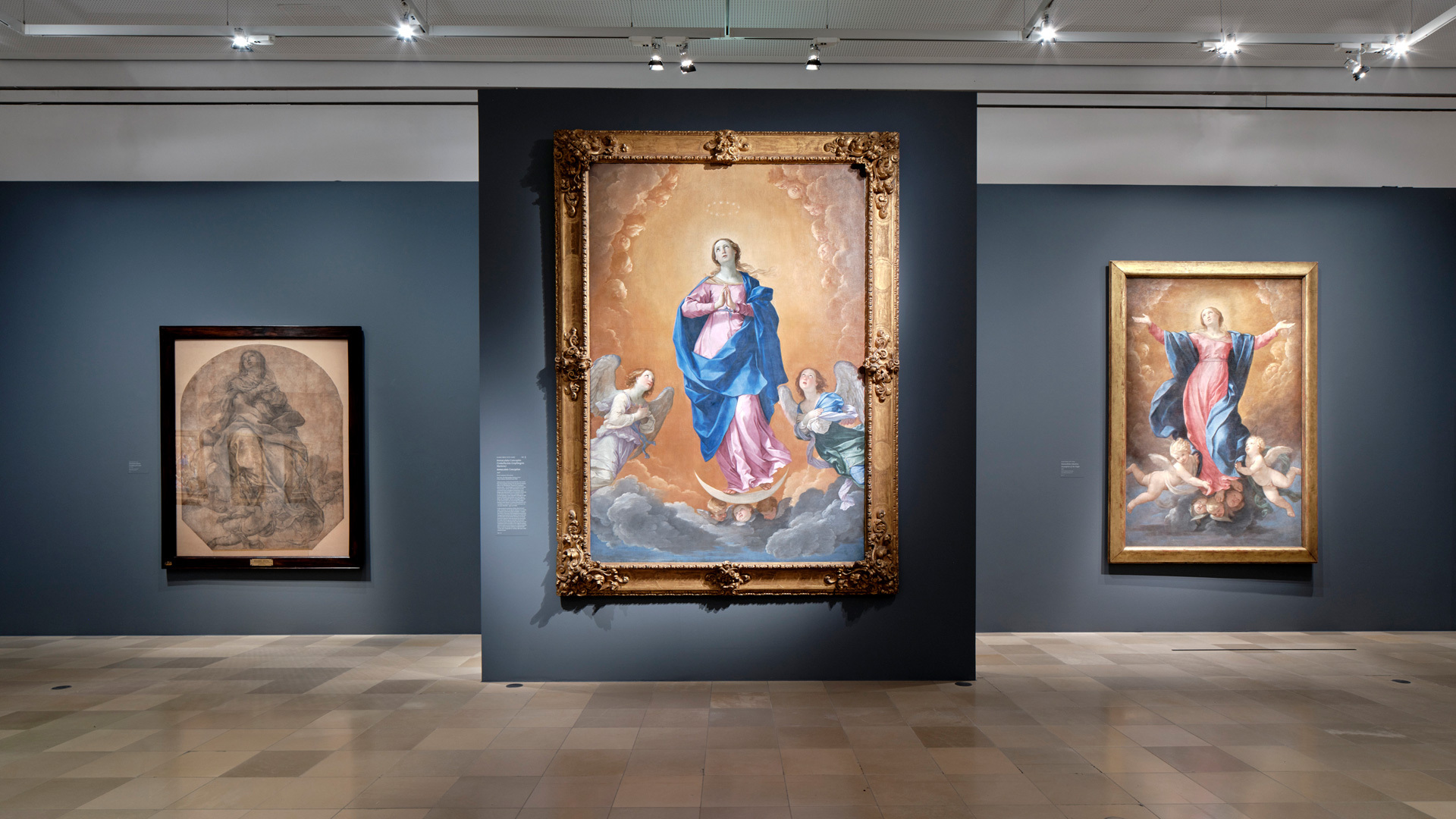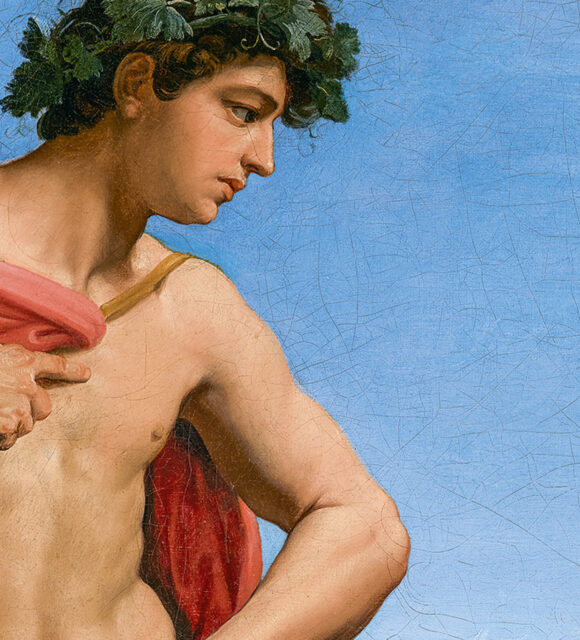About the Exhibition
In his day, Reni was one of the most successful and celebrated painters in all of Europe, coveted by the most important patrons, including the Borghese Pope Paul V, the Duke of Mantua, and the Queen of England. Hardly appreciated in the nineteenth century due to other aesthetic preferences and later relegated to second place by the one-sided concentration on his temporary rival Caravaggio, he no longer holds the place he deserves in the public consciousness.
For the first time in over thirty years, the Städel Museum, in cooperation with the Museo Nacional del Prado in Madrid, brought together more than 130 of his fascinating paintings, drawings, and prints and thus offered a new perspective on Guido Reni. The painter was deeply religious and also superstitious, tremendously successful and hopelessly addicted to gambling, as one contemporary biography authoritatively informs us. Even during his lifetime, Reni was given the honourable epithet “Il divino” (“The Divine”)—this refers to his fame as an artist star who, aware of his skills, occasionally behaved like a diva. However, “The Divine” also refers to his themes: Reni is the painter of the divine par excellence. He had a profound effect on the religious iconography of European art and, like no-one else before or since, gave visual form to the beauty of the divine—be it the Christian kingdom of heaven or the world of the ancient gods. The enormous impact of his art is reflected in the countless variations of his depictions of the heads of Christ and Mary, with their upturned faces and heavenward gaze, reproductions of which still circulate widely today as picture pull-outs in Roman Catholic prayer books. Indeed, this unparalleled imitative reception history only served to tarnish Reni’s image, obscuring the actual qualities and other fascinating aspects of his art.
Curator: Dr. Bastian Eclercy (Head Italian, French, and Spanish Paintings before 1800, Städel Museum)
Project management: Aleksandra Rentzsch (Assistant Curator of Italian, French and Spanish paintings before 1800)
Film

Digitorial®
Sponsors & Partners
Sponsored by
Gemeinnützige Kulturfonds Frankfurt RheinMain GmbH, Städelscher Museums-Verein e.V.
Media partners
Tagesspiegel, ARTE, Verkehrsgesellschaft Frankfurt am Main
Culture partner
hr2-kultur

